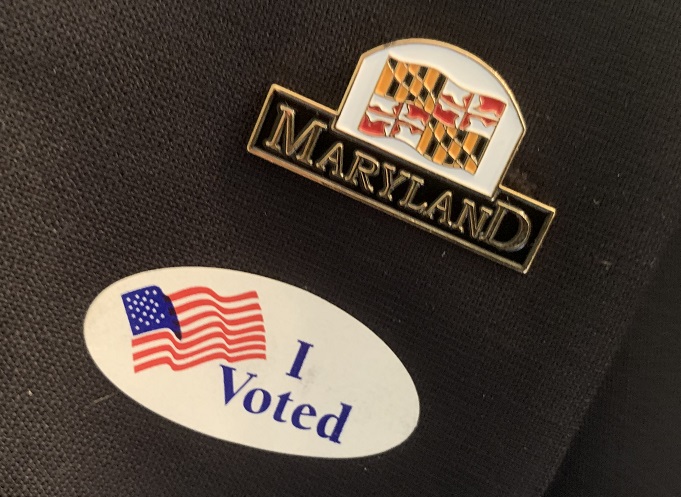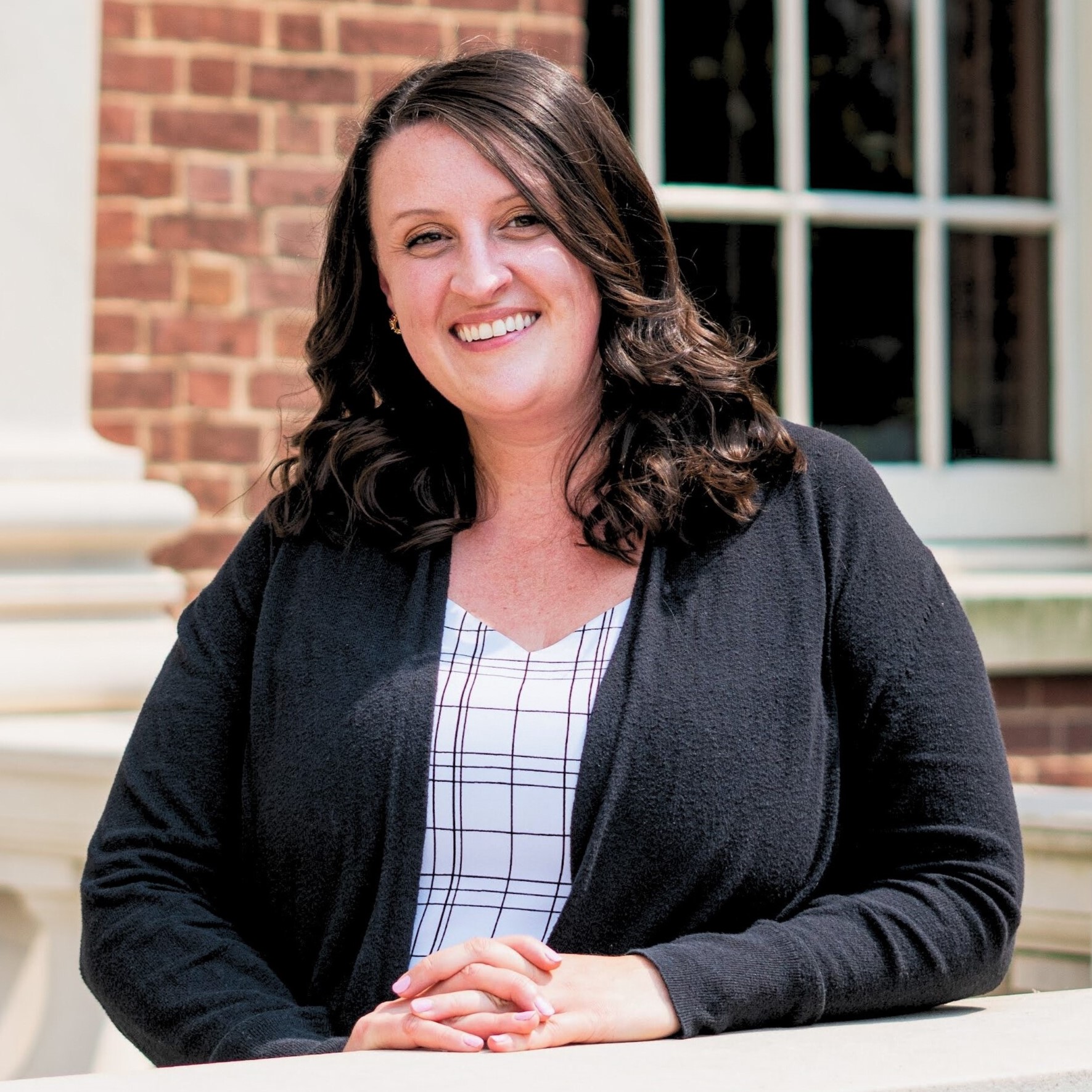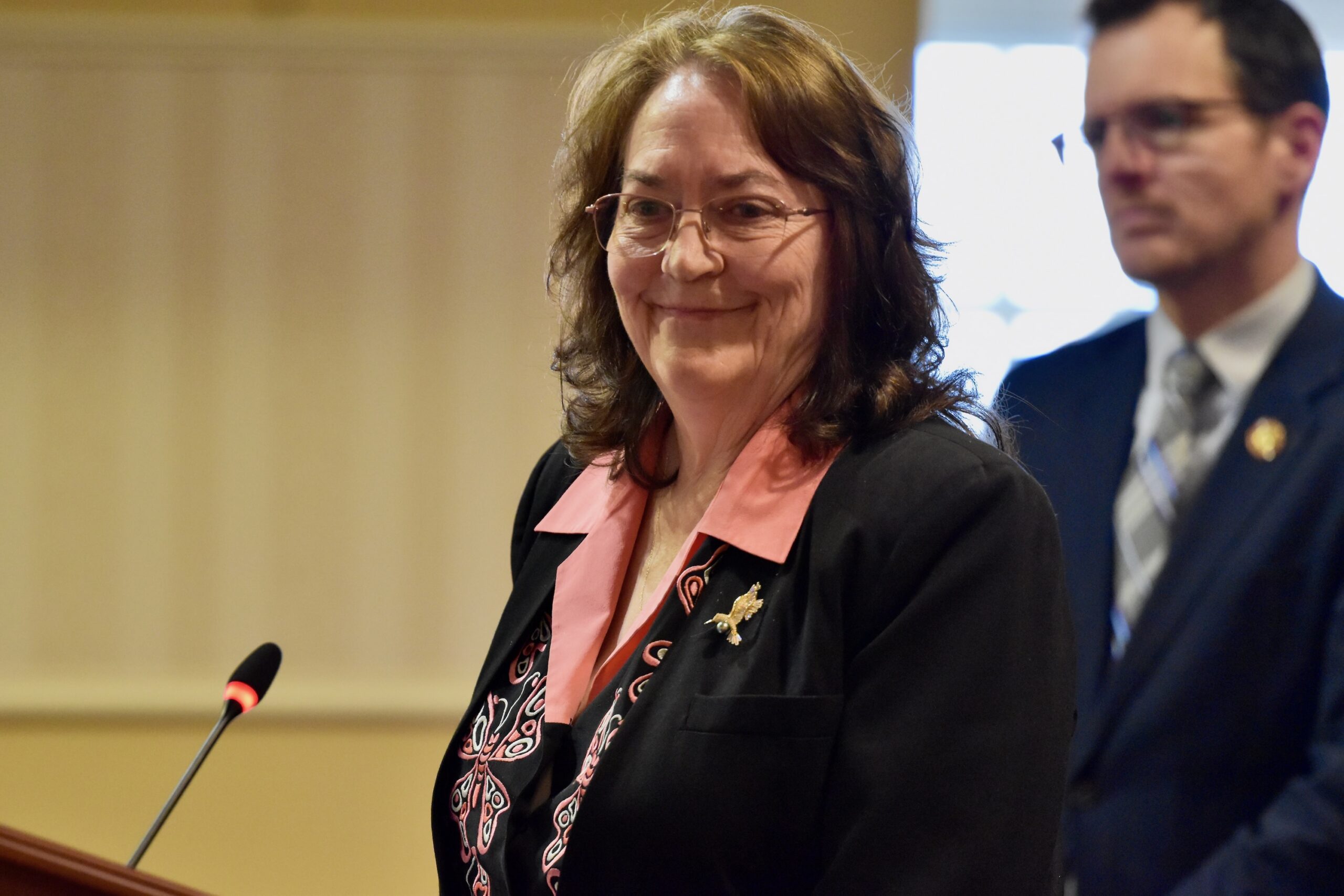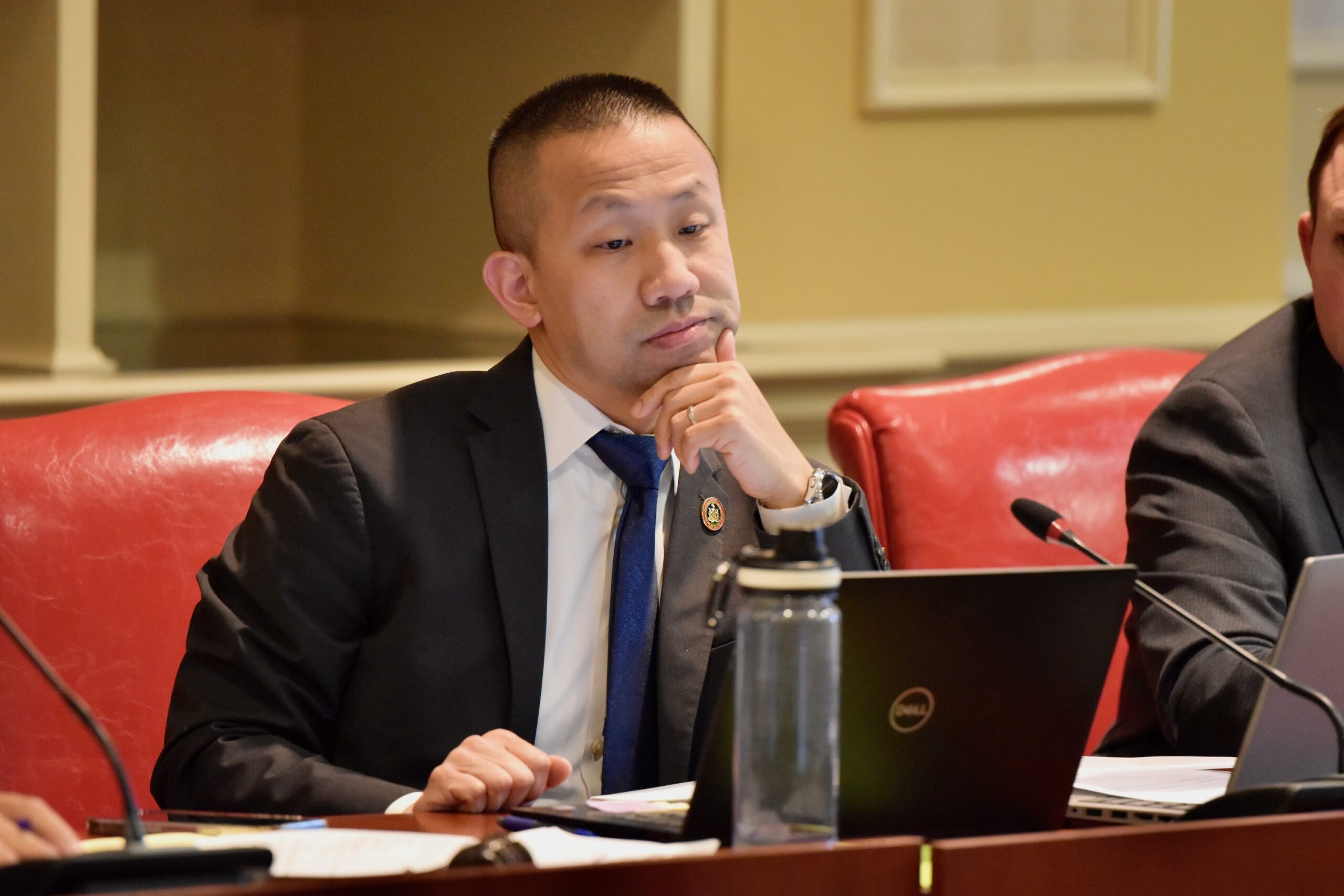State, Local Officials at Odds Over Election Day Network

As the Maryland State Board of Elections works to implement Election Day voter registration throughout the state, some local lawmakers and officials are raising concerns about potential security vulnerabilities and increased costs that counties will have to bear.
At issue is the massive expansion of wireless networks in the state’s six largest jurisdictions ― Baltimore City and Anne Arundel, Baltimore, Howard, Montgomery, and Prince George’s counties ― that would be used to transmit real-time voter registration changes from electronic pollbooks at about 1,300 precincts to the state office in Annapolis on Election Day. Previously, wireless networks were only used at early voting sites.
County officials say that the wireless networks leave the state’s election system vulnerable because of the sheer number of additional wireless networks — Montgomery County, for example, would see an increase of more than 250 networks to account for all of its precincts. Each network is a new potential access point for a bad actor at a time of increased fears of election meddling and integrity, skeptics said. At least some of the counties are also worried about the increased cost for the expansion.
“I’m worried about election vulnerabilities as well as fiscal implications,” said Montgomery County Sen. Cheryl C. Kagan (D), who is considering emergency legislation for the upcoming General Assembly session that could curtail the system’s rollout.
State officials say the wireless networks will be masked and all transmissions encrypted as well as the data being sent. County election workers will still continue to manually upload data from pollbook log files overnight. In the event of data corruption, the log files would serve as a secure backup and auditing tool, Maryland Elections Administrator Linda H. Lamone said.
Wrangling over the networking issue has increased in recent weeks, after a letter from the Montgomery County Board of Elections to the state board and discussions about the systems at state meetings.
The State Board of Elections said the new system is necessary in order to be able to start processing absentee ballots after Election Day, because officials need to ensure that no one who voted on Election Day also sent in an absentee ballot. The state’s six largest counties were chosen as locations for the sites because “these counties are also typically unable to upload log files in time,” Lamone wrote in a letter to Montgomery County Board of Elections Chairman James F. Shalleck last month.
Shalleck had written an earlier letter to the state board, presenting a series of concerns about a lack of transparency around the project, its cost, necessity and security — including whether there was a risk for interception of the wireless signals and whether voters’ check-in data could be blocked or altered during transmission to the state.
At least some of the counties that will have to install the networks have also expressed concern about increased costs, which are borne by counties even though state election employees made decisions about the necessity of and components for the system.
State elections officials have been putting together a plan for Election Day same-day registration since legislation passed the General Assembly in the spring. Soon after, counties began receiving notices to plan for about $1,000 per precinct for the network; the cost has since increased to $1,300 per precinct, said Nikki B. Charlson, the state board’s deputy director.
The Montgomery County board was unanimous in its opposition to the system, which is expected to cost the county about $350,000, Shalleck said.
The system was conceived and implemented at the staff level in the state elections office, without a public airing of the potential issues at the state board, which typically deals in broader policy debates and not operational issues.
“It’s such a big issue, an expensive issue and an important issue,” Shalleck said. “…In my view, it should go to as many people as possible for input.”
The county board wrote a letter to the State Board of Elections in late October, asking for a reversal of the new networking plan.
Lamone responded that the network was needed to ensure the integrity and proper conduct of the upcoming elections.
At a September meeting, state board member Kelley Howells expressed concern about the complexity of the project and asked if options other than wireless networks were considered. Howells also raised questions about the system’s security and expressed concern about a lack of transparency surrounding the project. Citing security concerns, Lamone and Charlson said most of the questions at the meeting would have to be answered in a closed session.
“We are confident that this is the most secure network we can put together to ensure election integrity,” Charlson said Thursday.
Charlson said the state has used a similar networking process for early voting since 2010 without issue and that similar networks are used by other large jurisdictions like Los Angeles and New York City. She also stressed that the voter registration network is entirely separate from voting results, which would not be impacted in the event of a breach.
The state elections office has also been monitoring efforts to increase federal funding for election security, which may be passed to the six counties implementing the new network, Charlson said.
Kagan said Thursday that she is planning to introduce emergency legislation in the 2020 General Assembly session to delay the start of the state’s first absentee canvass. Doing so, Kagan said, would remove the urgency for data transmission and for the wireless networks that have caused so much concern.
“If we remove the need for the speedy turnaround, presumably we remove the need for these devices,” Kagan said. “…I think people would prefer accuracy and security as opposed to speed when it comes to elections.”




 Creative Commons Attribution
Creative Commons Attribution